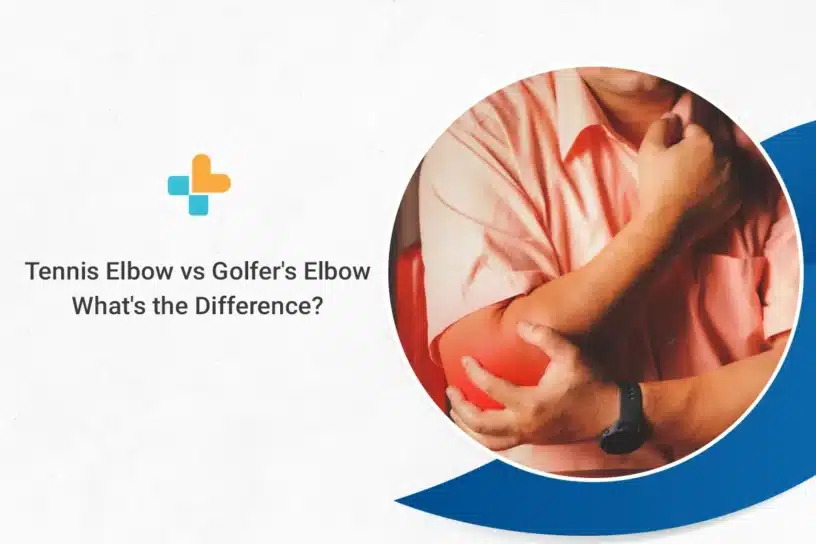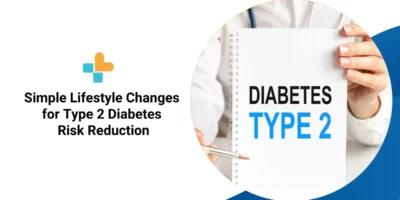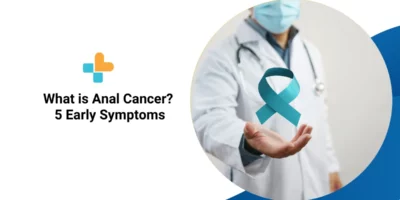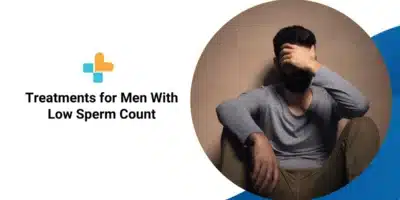Tennis elbow and golfer’s elbow are two common elbow injuries that can affect your quality of life. Since both these conditions result from elbow overuse injuries, they could be mistaken for the same condition.
This article will dive into what tennis and golfer’s elbow are, their symptoms, and where you can find the best treatment for these conditions.
Let’s dive right in.
What’s the Difference Between Tennis Elbow and Golfer’s Elbow?
The difference between tennis elbow and golfer’s elbow is the area they affect. Tennis elbow causes you pain on the outside of your elbow, whereas golfer’s elbow causes you pain on the inside of the elbow.
What Is Tennis Elbow?
Tennis elbow (medical name: lateral epicondylitis) is an overuse injury that causes inflammation, degeneration, and potential tearing of your elbow tendons.
It occurs when your tendons get overloaded. It tends to affect tennis players (hence the name of the condition), but anyone can develop it from an overuse injury.
Symptoms of Tennis Elbow
Here are some common symptoms of tennis elbow:
- Pain or burning sensation on the outer part of the elbow
- Pain at night
- Weakened grip strength
These symptoms can make simple tasks like turning a door knob or holding a coffee cup painful.
Risk Factors of Tennis Elbow
The following risk factors make you more susceptible to tennis elbow:
- If you’re a carpenter, plumber, butcher, cook, or engaged in any occupation that involves repetitive movements.
- If you play certain throwing and hitting sports like tennis, especially if you’ve consistently used poor form.
- If you’re between the ages of 30–50.
- If you’re a regular smoker.
What Is Golfer’s Elbow?
Golfer’s elbow (medical name: medial epicondylitis) is an overuse injury that damages the muscles and tendons in your wrist and fingers.
It commonly occurs in people who play racquet and throwing sports, engage in regular weight training, and perform repetitive occupational movements (like carpentry and construction).
Symptoms of Golfer’s Elbow
Here are some common symptoms of golfer’s elbow:
- Weakness in the hands and wrists
- Stiffness in the elbow
- Numbness or tingling in one or more fingers
- Pain felt on the inside of the elbow and forearm that gets worse with movement
Risk Factors of Golfer’s Elbow
The following risk factors make you more susceptible to tennis elbow:
- Over 40 years old
- Obesity
- Regular smoking
- Engaging in sports or occupations that demand repetitive activities
Treatment for Tennis Elbow and Golfer’s Elbow
While tennis and golfer’s elbow tend to go away within a few months of rest, you can speed your recovery with these proven methods:
- Stretching and strengthening exercises
- Taking painkillers
- Taking steroidal injections
- Engaging in manual therapy
- Ultrasound therapy
Ways To Prevent Tennis Elbow and Golfer’s Elbow
Here are some preventative measures you can take to avoid tennis and golfer’s elbow:
- Warm up properly before any physical activity that engages your wrist and forearms.
- Engage in daily stretching and strengthening exercises for your forearms.
- Use proper form when playing throwing and hitting sports.
- Take appropriate periods of rest between repetitive work.
FAQs
1. Can You Get Tennis Elbow and Golfer’s Elbow at the Same Time?
Yes, you can get tennis and golfer’s elbow at the same time if you manage to damage your medial and lateral forearm muscles.
2. Which Is Worse: Tennis Elbow or Golfer’s Elbow?
Golfer’s elbow may be worse than tennis elbow because it affects your ability to perform simple tasks like twisting a doorknob and holding things.
3. Is Tennis Elbow Fully Curable?
Yes, tennis elbow is fully curable. In many cases, it goes away on its own with a few months of rest.
4. What Is a Positive Test for Tennis Elbow?
The elbow varus stress test is a positive test used for tennis elbow. Your doctor might use this test to determine if you feel any pain on the inside of your elbow.
Also Read : 6 Simple Ways to Boost Your Immunity Naturally
Treat Tennis Elbow and Golfer’s Elbow at Ayu Health
Tennis and golfer’s elbow are temporary conditions, but they can affect your quality of life. So, it’s best to seek treatment options at their immediate onset.
If you or a loved one is showing symptoms of tennis or golfer’s elbow, we highly recommend seeing a physician and getting treatment as soon as possible.
We invite you to book an appointment with one of our doctors at Ayu Health Network of Hospitals. Our fixed-price package ensures the most transparent pricing: no hidden fees or surprise charges.
Visit our website today.
Our Hospital Locations
General Surgery Hospitals in Chandigarh | General Surgery Hospitals in Bangalore | General Surgery Hospitals in Jaipur | General Surgery Hospitals in NCR | General Surgery Hospitals in Hyderabad
Our Doctors
General Surgery Doctors in Chandigarh | General Surgery Doctors in Bangalore | General Surgery Doctors in Jaipur | General Surgery Doctors in NCR | General Surgery Doctors in Hyderabad
References:
https://www.ncbi.nlm.nih.gov/pmc/articles/PMC2515258/
https://www.ncbi.nlm.nih.gov/pmc/articles/PMC4492151/
https://www.ncbi.nlm.nih.gov/books/NBK507001/
About the Author

Dr. S. Goel
Dr. S. Goel is a renowned Internal Medicine Specialist currently practicing at Ayu Health, Bangalore. He is a Specialist in Internal Medicine, Diabetes HTN, Paediatric Care, and Family Medicine.




